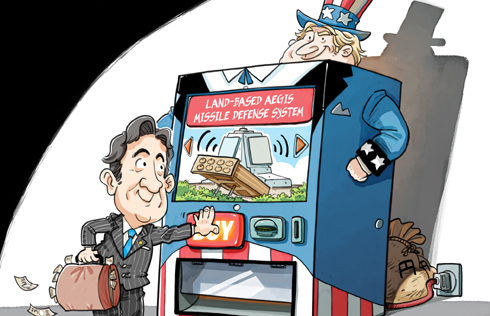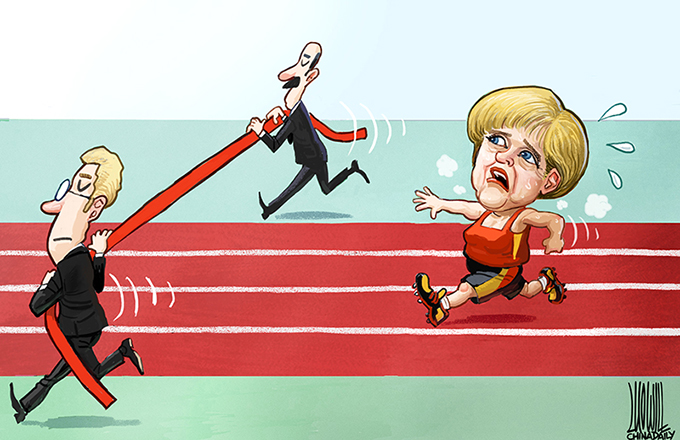What 'Likonomics' has to offer
The hard truth is that the days of 10 percent annual growth are over for China. The growth potential is now around 6-8 percent. Of course, the government is not completely passive in this regard. Government-led infrastructure spending on energy, water and transportation has been accelerating since the beginning of 2012, but its scale is much more constrained compared with earlier programs. As long as the unemployment rate and consumer price index do not surprise, the government will not adopt any new stimulus measures to boost growth.
Also, the minimum acceptable growth rate has shifted, from 8 percent at the beginning of last year to 7 percent now. It could fall further in the coming years.
Deleveraging: At a recent meeting of the State Council, China's cabinet, Li said banks must make better use of existing credit and expedite efforts to contain financial risks.
Following the implementation of the stimulus package in 2008, China's total credit increased from $9 trillion to $23 trillion by early 2013. As a proportion of credit-to-GDP, the growth has been from 75 percent to 200 percent. According to Ken Rogoff and Carmen Reinhart, who examine the pattern of global financial crises during the past eight centuries in their book, This Time Is Different, countries experiencing rapid credit expansion for extended periods always end up enduring a painful economic adjustment. What we think is more worrisome for China is the divergence in growth rates between credit (above 20 percent) and nominal GDP (below 10 percent) in recent quarters.
The recent move of People's Bank of China to curtail the credit bubble in the inter-bank market underlines the authorities' desire to deleverage and reduce future financial risks. This is a clear warning to financial institutions. But while the authorities are likely to intervene, if needed, to stabilize the market, we think inter-bank rates could remain high for a long period.
Policymakers probably also hope to strengthen market discipline as a preparatory step toward interest rate and capital account liberalization. This implies that deleveraging is likely to continue and some of the smaller and weaker financial institutions may fail in the coming year.
Structural reforms: Since taking office, Li has been saying that reform is likely to pay the biggest policy dividends for the Chinese economy. While investors are anxiously waiting for the Third Plenum of the 18th CPC Central Committee in the fall for a clearer outline of economic policies, current policy discussions point to reforms in financial liberalization, the fiscal system, factor prices, land use rights, administrative controls, monopolies, income distribution and the hukou (household registration) system.
But many of these reforms, including the VAT on services, do not necessarily have to wait for the Third Plenum to be approved. In particular, financial liberalization is seeing renewed momentum-greater flexibility on deposit and lending rates, and in the deposit insurance system in the coming months.
The success of Likonomics will eventually depend on the effectiveness of structural reforms. But with the Chinese government preparing a wide range of reform measures, Li will be out to make his economic policy a success.
Likonomics is exactly what China needs to put its economy on a more sustainable path. And it is positive for the longer-term economic outlook, because unless the economy and markets face imminent risk of collapse, policymakers will not engage in aggressive fiscal or monetary expansion.
But, in the short run, such rebalancing and deleveraging point to further downside risks both for economic growth and asset prices, including the exchange rate. Based on an increasingly likely downside scenario, we think Chinese growth could experience a temporary "hard landing", which we would define as quarterly growth dropping to 3 percent or below, within the next three years. But such a slowdown would only be cyclical, and we would expect growth to bounce back dramatically afterwards.
The author is a professor at the National School of Development, Peking University, and former chief economist, Emerging Asia, Barclays Capital. This article draws from the author's joint report with Jian Chang and Joey Chew, "What to expect from Likonomics", June 27, 2013, Barclays Capital.
(China Daily 07/05/2013 page9)


















